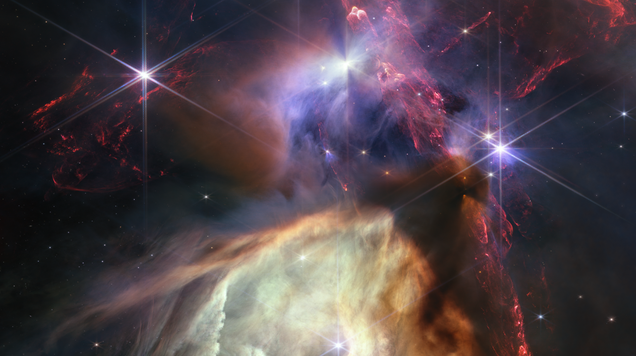The Webb Space Telescope launched to space in December 2021 with an ambitious goal: providing scientists with a deeper, sharper view of the history of the universe.
It took the telescope a month to arrive at its location in space, a region called L2 that sits one million miles from Earth, and another six months to commission the telescope for scientific imaging.
Finally, last July, President Biden unveiled the first full-colour image taken by Webb: a deep field that gave researchers a look 13 billion years into the past. Just months later, Webb would take a deep field image eight times larger than its first.
You can read in depth about how Webb images are colourised here, and about the people who colourise those images here.
Now a year since Webb’s scientific imaging campaign began, we’re taking a look back at some of the most remarkable images the nascent space observatory has captured. Here’s to many more snaps to come.
Rho Ophiuchi
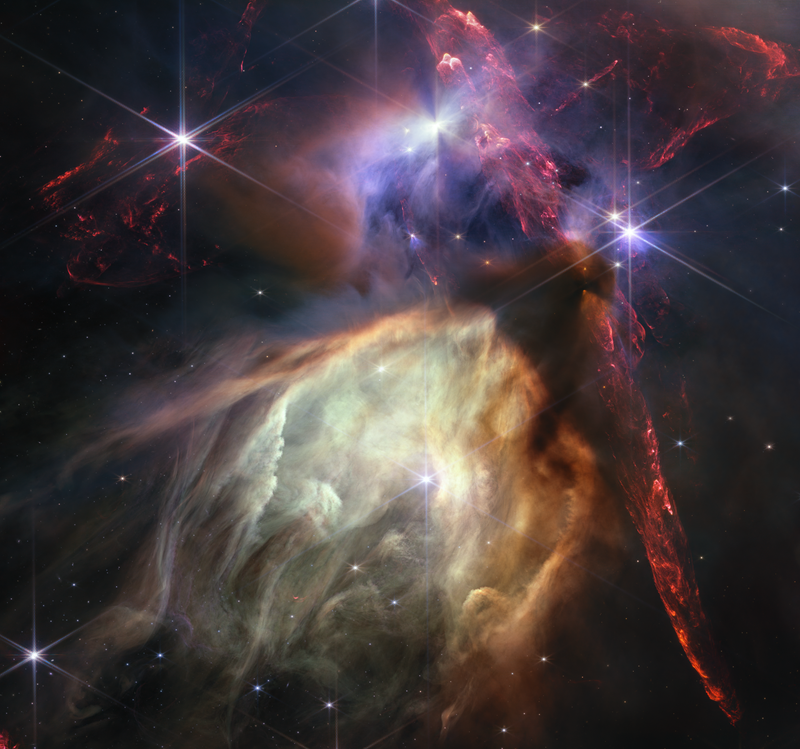
This image was just released today. It depicts a star-forming cloud complex just 390 light-years from Earth.
Webb has two infrared spectrum imagers, NIRCam (for near-infrared light) and MIRI (for mid-infrared light). This image was taken by NIRCam, and shows massive hydrogen jets in red. There are about 50 stars in the region depicted in this image.
Orion Bar

This image shows a swath of the Orion Nebula about 1,350 light-years from Earth. The gassy area contains a carbon-based molecule that researchers believe might be a core component of interstellar organic chemistry.
Think about that. From its loft at L2, the Webb telescope can not only image glorious regions of stars and gas in the universe, but can pick out molecules within that gas.
Wolf-Rayet 124
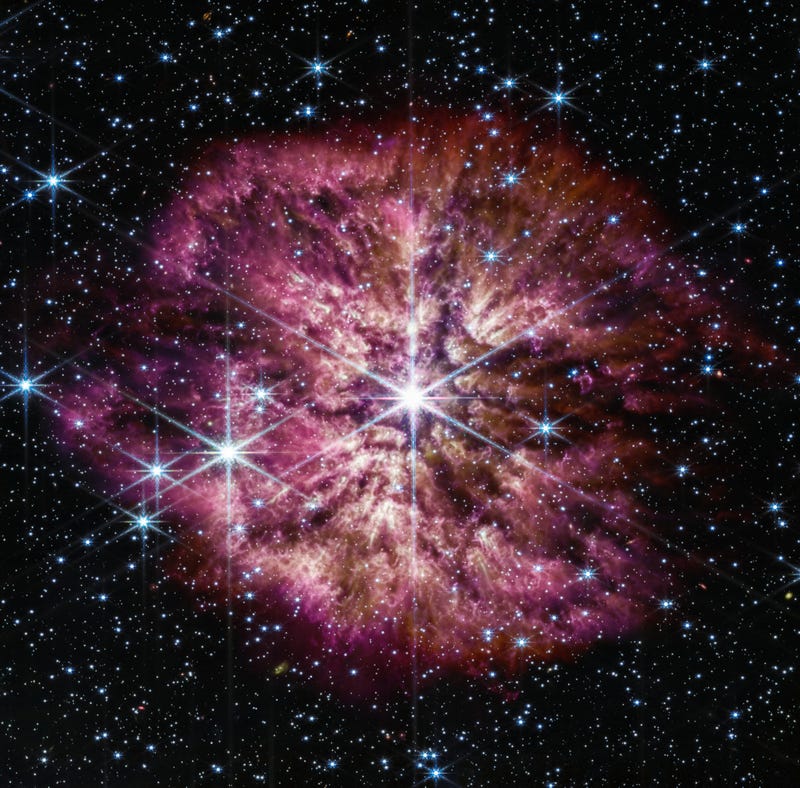
This star is a supernova waiting to burst into action. It’s a Wolf-Rayet star, which is rapidly losing mass as it ages. At the end of its life cycle it will explode in one of the cosmos’ most brilliant light shows.
This particular Wolf-Rayet star is WR 124, a star 30 times the Sun’s mass and 15,000 light-years away, which has already shed 10 solar masses. Webb imaged it in March.
Uranus and its Rings
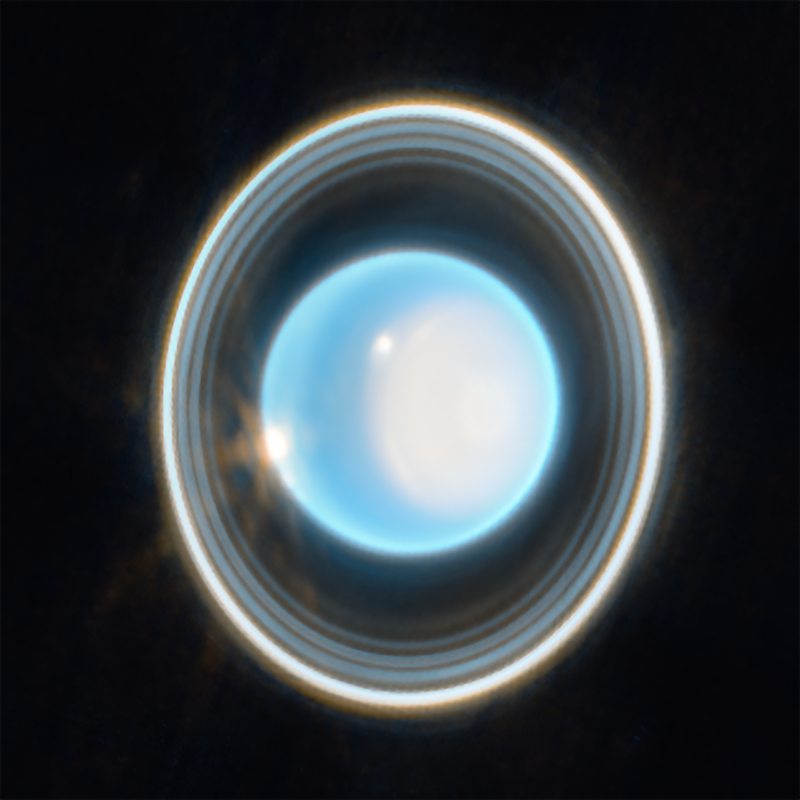
This shot of Uranus was taken on February 6, 2023. You might think Uranus lacks rings; it actually has them, though they are not as readily apparent as those surrounding Saturn. Uranus’ 13 dusty rings are fainter, but are still clearly visible to Webb.
Also clear in this image is Uranus’ polar cap—the big white splotch. In 2028, the planet’s polar cap will be directly facing Earth, giving the Webb telescope a better opportunity to image it.
LEDA 2046648 (and countless others)
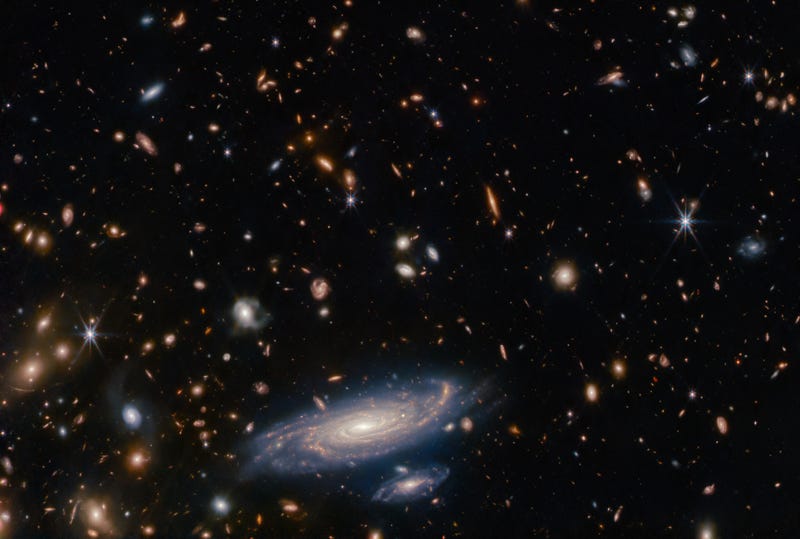
The spiral galaxy at the bottom of this image is LEDA 2046648, and sits about a billion light-years from Earth. Thousands of galaxies filled with countless stars surround LEDA, which sits in the constellation Hercules.
Southern Ring Nebula
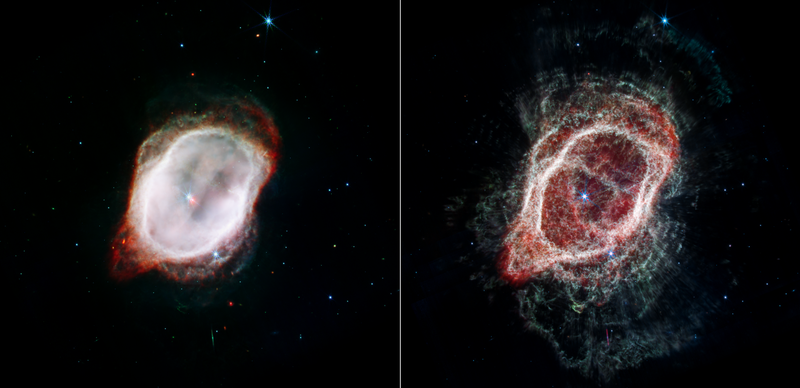
These two images depict the same nebula: the Southern Ring Nebula, which was also one of the first structures imaged by Webb and published last July.
These views of the nebula were published in December 2022, and showcase how Webb can look at different aspects of the same structure. The nebula was born about 2,500 years ago, when a star 2,000 light-years away finally died and gave way to a brilliant supernova. A full breakdown of the “murder scene” depicted in this image can be found in Gizmodo’s earlier coverage.
The Pillars of Creation
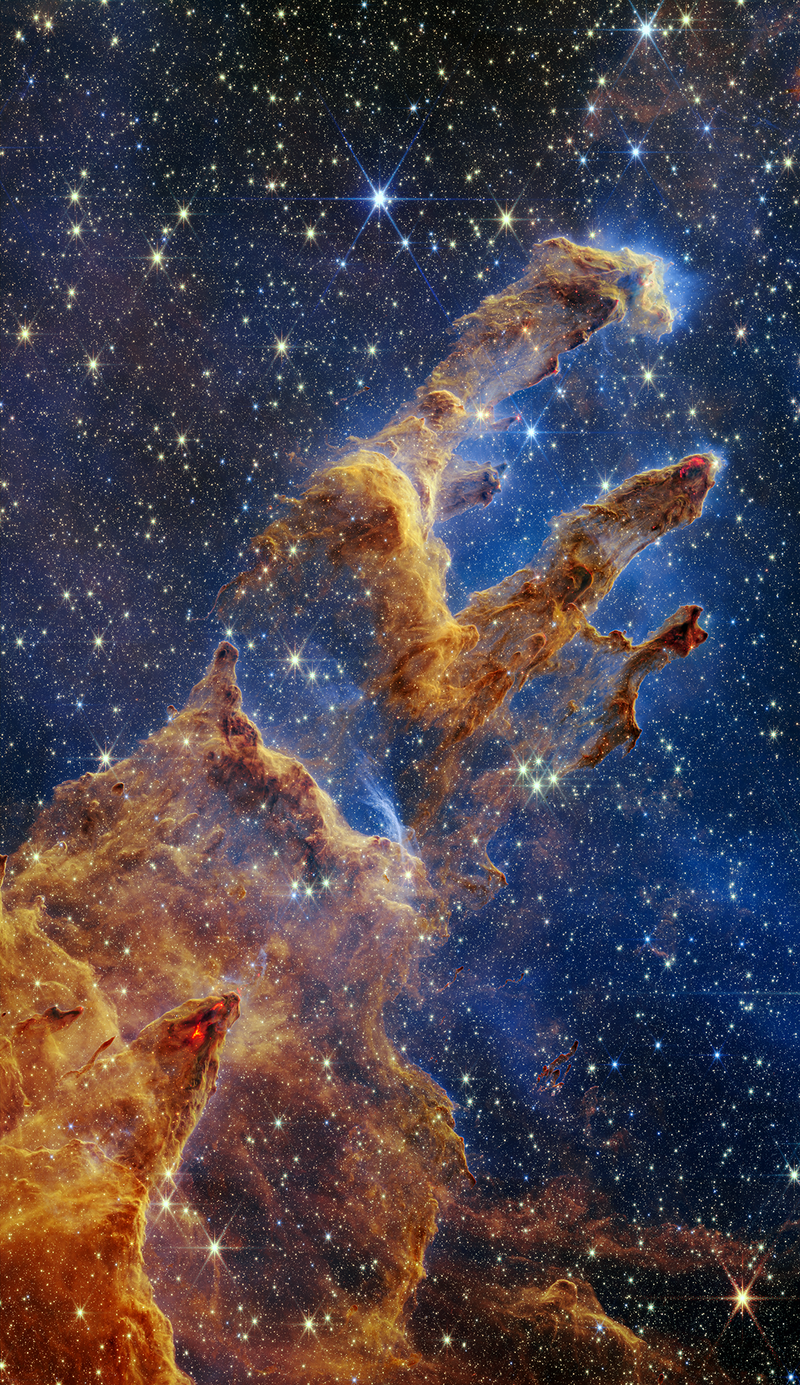
You may recognize these structures. They are the Pillars of Creation, light-years-long tendrils of gas in the Eagle Nebula that were iconically imaged by the Hubble Space Telescope in 1995.
Webb’s view of the pillars is bedazzled with stars compared to Hubble’s shot, and show brilliant areas of star formation.
Tarantula Nebula
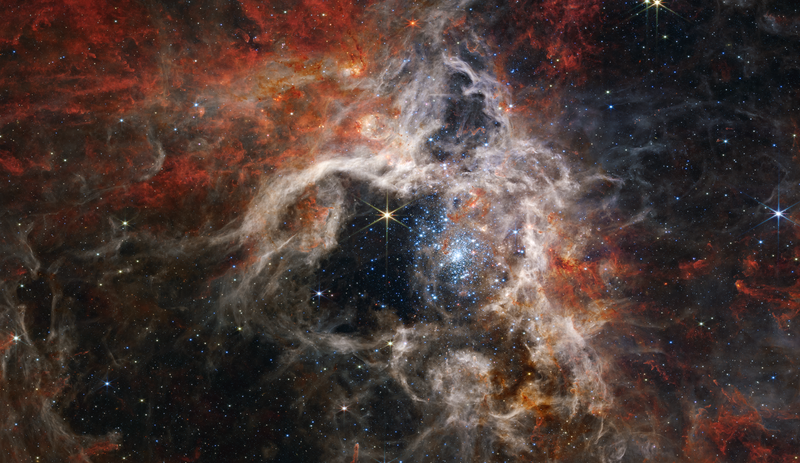
Webb imaged the Tarantula Nebula in September 2022. The nebula is named for its resemblance to a burrowing tarantula’s hole, dark and covered in spider silk.
The nebula sits 161,000 light-years from Earth, and is part of the Large Magellanic Cloud. Protostars are being born in this image, taken by Webb’s NIRCam.
Phantom Galaxy
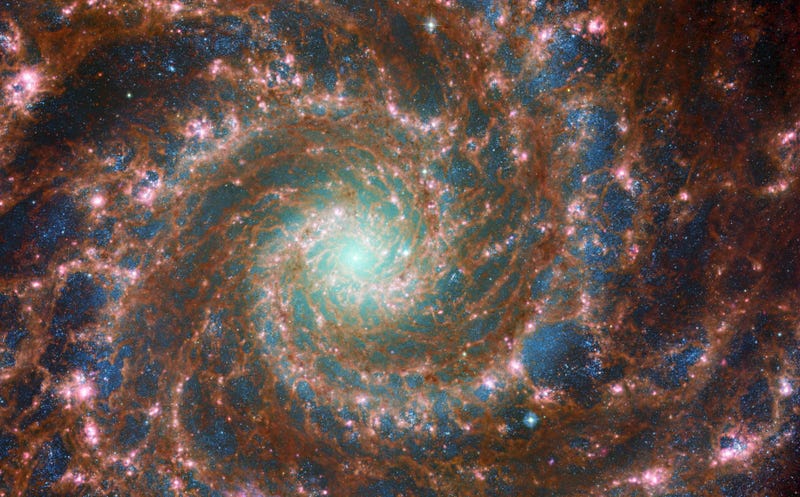
This shot of the Phantom Galaxy look’s a bit like God’s toilet after a flush. I write that with the utmost respect. The spiral galaxy is a dizzying swirl of gas clouds, dust, and star forming regions in Messier 74.
The image of the 13-billion-year-old galaxy combines data taken by the Hubble Space Telescope and Webb. The combined image was released in August 2022.
Jupiter
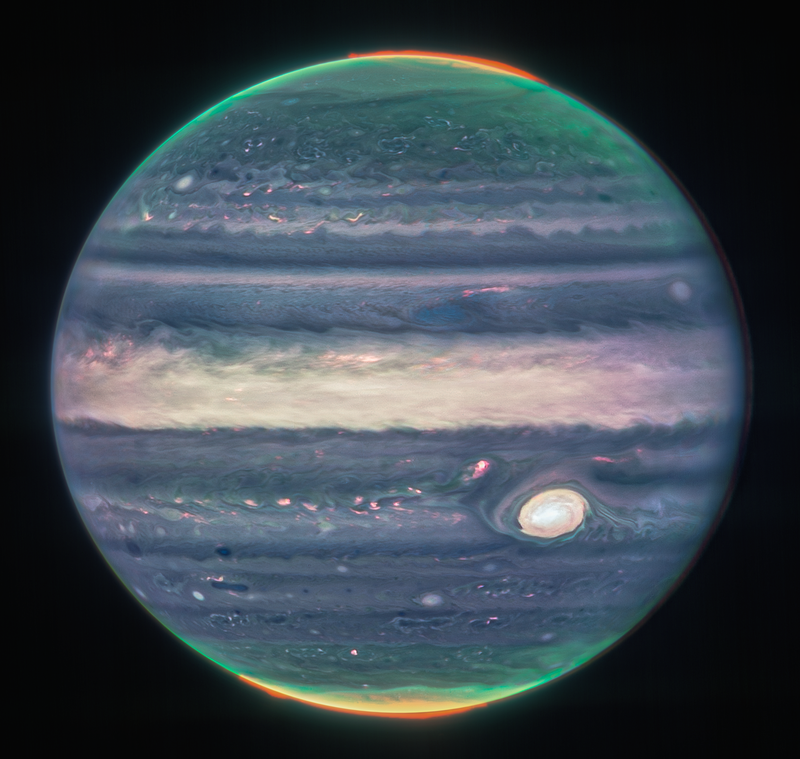
You almost certainly recognize this object, though it looks an eerie blue. It’s the planet Jupiter, a gas giant in our own solar system. Jupiter was the first gas giant imaged by Webb, which has since imaged Uranus and Neptune.
The image also captures Jupiter’s aurorae on the planet’s poles, as reported by Gizmodo back in August. The auroral emissions come from ionized hydrogen at the planet’s high altitudes.
Cartwheel Galaxy (and others)
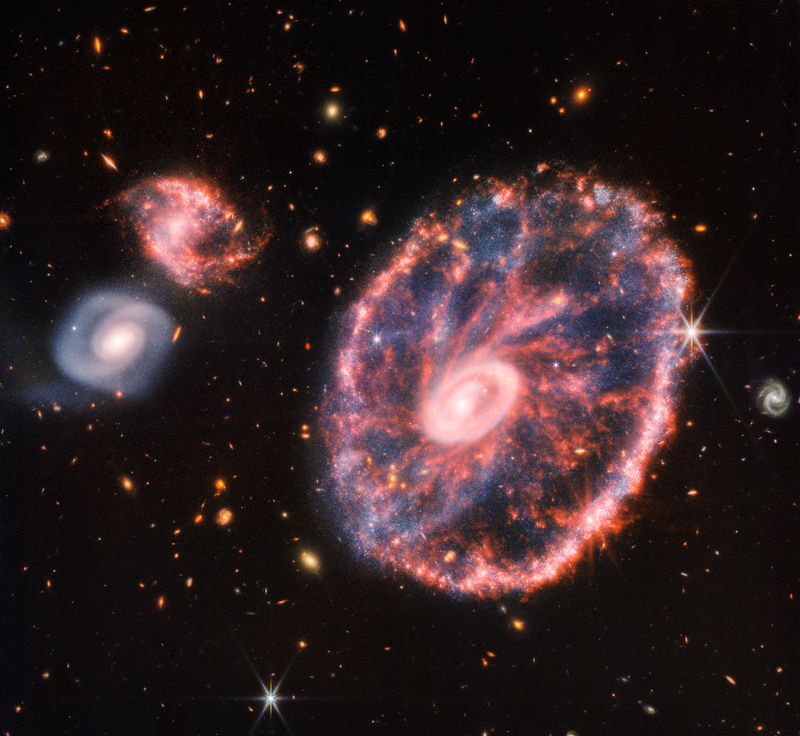
The Cartwheel Galaxy is 500 million light-years from Earth and was imaged by Webb in August 2022. It formed from two colliding galaxies, and is located in the constellation Sculptor. The galaxy’s outer ring has been expanding for the past 440 million years.
“The new Webb image of the Cartwheel galaxy is a visceral illustration of how violent galactic collisions trigger waves of new stars,” Webb project scientist Klaus Pontoppidan told Gizmodo at the time. “This allows us to better understand the build-up of galaxies in the early Universe.”
A Three-Dimensional Deep-Dive
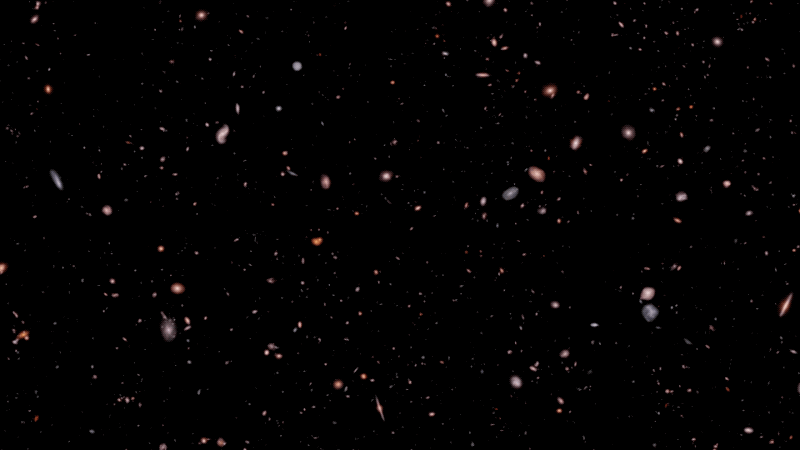
The CEERS deep field released in August included one galaxy that existed just 390 million years after the Big Bang. In early July, the Space Telescope Science Institute released a 3D visualization of that deep field, which transports viewers through space (and, thus, time.)
It offers a new way of thinking about how far Webb can see.
